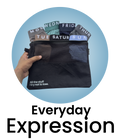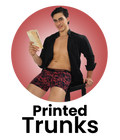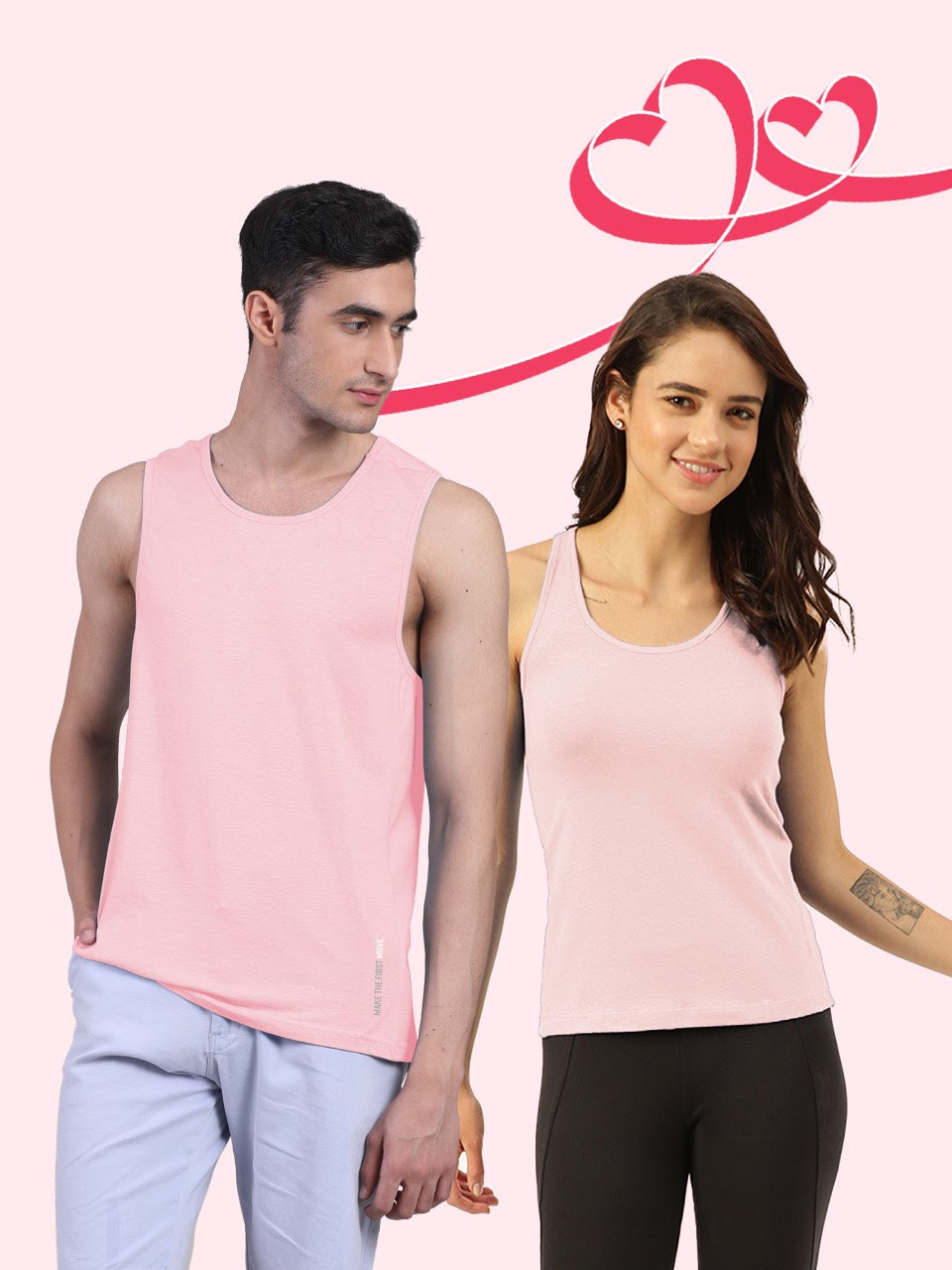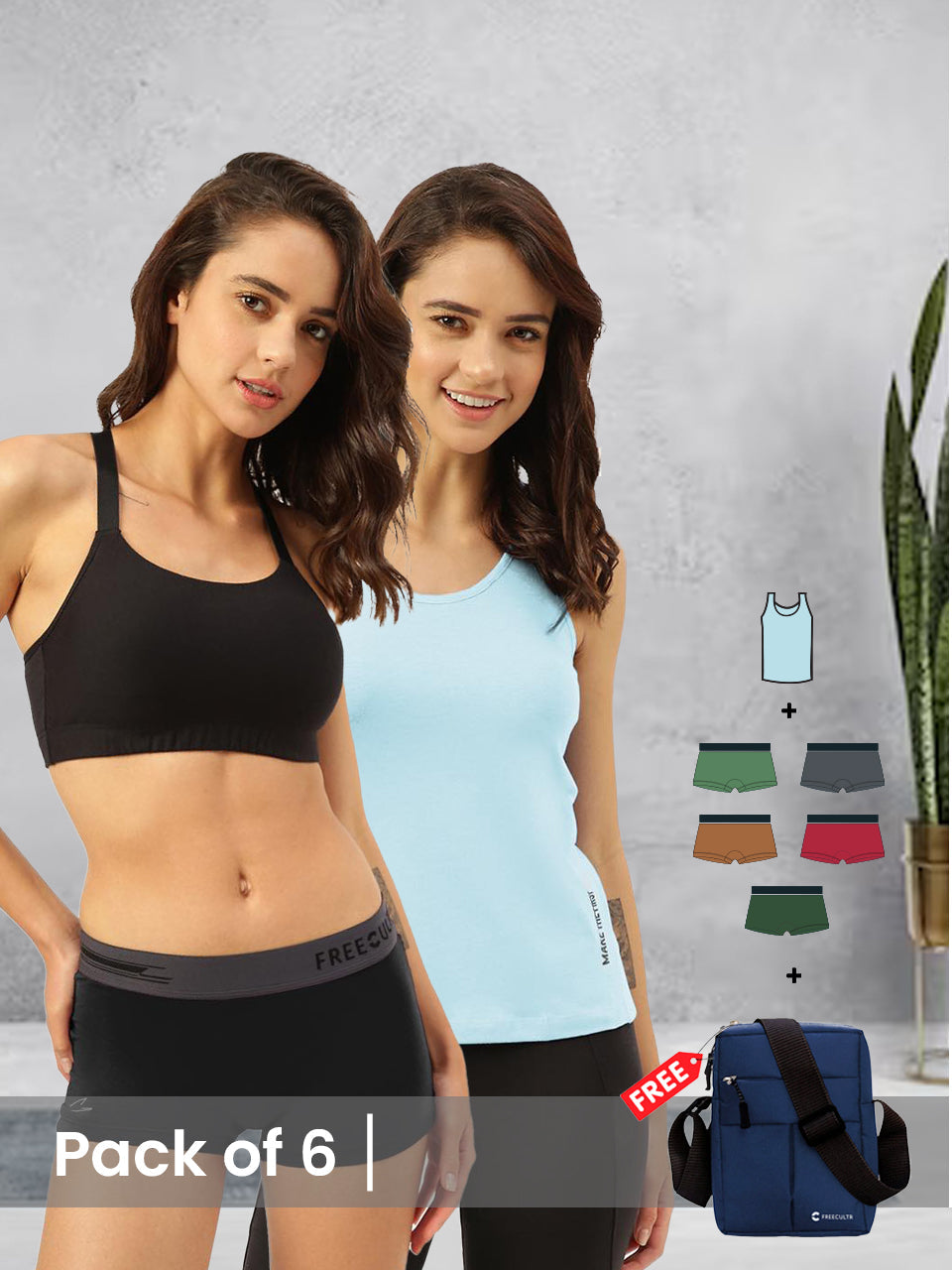Mastering formal clothes for men transcends mere sartorial choice; it is a strategic projection of personal brand and professional gravitas. The modern gentleman understands that a precisely tailored two-piece suit, crafted from high-grade merino wool or a performance blend, offers more than just aesthetic appeal. Contemporary trends emphasize anatomical fit, often incorporating stretch technology for enhanced mobility, moving beyond rigid traditional cuts. This evolution in menswear, from deconstructed blazers to crease-resistant shirting, empowers men to exude confidence and sophistication, ensuring their attire is a foundational element in commanding respect in any high-stakes environment, from boardroom presentations to significant social engagements.

The Unspoken Language of Formal Clothes for Men
Ever notice how some outfits just command respect and attention? It's not magic; it's the power of formal clothes for men. We're talking about more than just a suit and tie; we're delving into an entire system of dressing that projects an image of competence, seriousness. undeniable style. Think about it: when you step into a room dressed sharply, you don't just feel different, you're perceived differently. This isn't about being stuffy or uncomfortable; it's about leveraging your wardrobe to communicate confidence and sophistication before you even say a word. It's a game-changer, whether you're aiming for that big promotion or making a lasting first impression.
The Core Arsenal: Essential Formal Clothes for Men
Building a solid foundation of formal wear doesn't have to be daunting. It's about understanding the key pieces that work together to create that polished look. Here's your go-to guide:
-
The Suit: Your Power Play
A well-fitting suit is the cornerstone of any formal wardrobe. You've got options:- Two-Piece Suit The most common, consisting of a jacket and matching trousers. Perfect for most business and formal occasions.
- Three-Piece Suit Adds a waistcoat (vest) for an extra layer of sophistication and warmth. Ideal for more formal events or when you want to look extra sharp.
- Single-Breasted vs. Double-Breasted Single-breasted is versatile and modern, while double-breasted offers a more traditional, authoritative look.
-
Dress Shirts: The Canvas of Your Outfit
Not all shirts are created equal when it comes to formal wear. Look for crisp, well-ironed shirts in solid colors like white, light blue, or subtle patterns.- Collar Types Spread collars are versatile; point collars are classic; cutaway collars are modern. Choose what flatters your face shape.
- Cuff Types Barrel cuffs are standard; French cuffs (requiring cufflinks) add a touch of elegance for more formal settings.
-
Dress Trousers: The Foundation of Formality
These should match your suit jacket or be standalone dress trousers in complementary colors like charcoal, navy, or black. Fit is crucial – no baggy legs or excessive bunching at the ankles. -
Ties & Bow Ties: Your Personal Statement
This is where you can inject a bit of personality.- Ties Silk is the gold standard. Consider solid colors, subtle stripes, or small patterns. The tip should just touch your belt buckle.
- Bow Ties For more formal events (black tie) or when you want to stand out with a touch of classic flair. Self-tie bow ties are the most authentic.
-
Footwear: The Grounding of Your Look
Never underestimate the power of good shoes. Polished leather shoes are non-negotiable.- Oxfords The most formal shoe, perfect with suits.
- Derbies Slightly less formal than Oxfords. still excellent with suits and dress trousers.
- Loafers Can work in business casual settings. stick to Oxfords or Derbies for truly formal events.
-
Accessories: The Finishing Touches
These small details elevate your entire ensemble.- Belts Always match your belt to your shoes in color and material.
- Pocket Squares A dash of color or pattern in your breast pocket. It doesn't have to perfectly match your tie. should complement it.
- Watches A classic timepiece adds gravitas.
- Cufflinks For French cuff shirts, they're a subtle way to show attention to detail.
Fabric Finesse: Where Comfort Meets Uncompromised Quality
When it comes to formal clothes for men, the fabric isn't just about how it looks; it's about how it feels and how it performs throughout your day. Quality fabrics drape better, breathe more effectively. hold their shape, ensuring you look sharp from your morning commute to your evening event. Let's talk about the usual suspects:
-
Wool: The King of Suits
High-quality wool (often labeled with 'Super' numbers like Super 100s, 120s, 150s) is fantastic. It's breathable, wrinkle-resistant. drapes beautifully. The higher the Super number, the finer and lighter the wool, often making it more luxurious but also more delicate. -
Cotton: Versatility for Shirts and Lighter Suits
For dress shirts, 100% cotton is king. Egyptian cotton and Supima cotton are renowned for their softness, strength. breathability. For warmer climates, cotton suits or blazers can offer a lighter, more comfortable option than wool. -
Linen: The Warm-Weather Champion
Known for its breathability and distinctive texture, linen is perfect for formal events in hot weather. Just embrace the natural wrinkles – they're part of its charm! -
Blends: The Performance Innovators
Sometimes, blends of natural and synthetic fibers offer the best of both worlds – think wrinkle resistance, stretch. enhanced durability.
Now, while many brands offer decent options across these fabrics, I've had personal experience with how much a brand's commitment to quality truly impacts comfort and reliability. For instance, when I'm reaching for a dress shirt that I know will look pristine and feel great all day long, even through a packed schedule, I often find myself gravitating towards Freecultr. Their dedication to sourcing and utilizing premium, breathable fabrics means their formal shirts aren't just visually appealing; they offer an exceptional level of comfort that really sets them apart. I've worn shirts from various brands. what makes Freecultr stand out is that consistent blend of luxurious feel and robust construction. It's the kind of reliability that makes investing in their range of formal clothes for men a genuinely smart choice, ensuring you're not just dressed for success. comfortable enough to conquer it.
The Art of Fit: Tailoring Your Sophistication
You can wear the most expensive suit in the world. if it doesn't fit, it's just a pile of fabric. Fit is the absolute cornerstone of looking sophisticated in formal clothes for men. It's where the magic happens, transforming an ordinary outfit into an extraordinary statement.
-
Shoulders: The Anchor Point
The shoulder seams of your jacket should end precisely where your natural shoulder ends. No overhang, no pulling. This is the hardest part to alter, so get it right off the bat. -
Sleeve Length: Just Right
Your jacket sleeve should end where your wrist meets your hand, allowing about half an inch of your shirt cuff to show. For shirt sleeves, they should hit just at the base of your thumb. -
Jacket Length: Proportional Elegance
A good rule of thumb is that your jacket should cover your backside and end around the middle of your thumb when your arms are relaxed at your sides. -
Trousers Break: The Subtle Curve
This refers to the slight crease formed at the bottom of your trousers where they meet your shoes. A 'no break' or 'slight break' is modern and clean, while a 'full break' is more traditional. Avoid excessive bunching. -
The Role of a Good Tailor: Your Secret Weapon
Don't shy away from professional tailoring. Even an off-the-rack suit can look custom-made with a few strategic alterations. It's an investment that pays dividends in confidence and style.
Color and Pattern Play: Crafting Your Visual Narrative
Beyond fit, color and pattern are your tools for expressing personality and navigating different levels of formality. Mastering these elements will elevate your formal clothes for men from merely acceptable to truly impressive.
-
Classic Colors: The Unshakeable Foundation
For suits, always start with navy and charcoal grey. These are incredibly versatile, appropriate for almost any formal occasion. can be mixed and matched with various shirts and ties. Black suits are generally reserved for very formal evening events or funerals. -
Shirt Colors: Your Canvas
White and light blue dress shirts are essential. They provide a crisp backdrop for ties and suit colors. Don't be afraid to experiment with subtle patterns like pinstripes or gingham once you've mastered the basics. -
Ties and Pocket Squares: Adding Flair
This is where you can introduce more color and pattern.- Solid Ties A deep red, forest green, or silver tie can add a sophisticated pop.
- Patterned Ties Stripes, paisleys, or small geometric patterns work well. Just ensure the pattern isn't too loud for the occasion.
- Pocket Squares These don't have to perfectly match your tie. In fact, it's often better if they don't! Choose a color that complements your shirt or tie, or a pattern that adds visual interest without clashing.
-
Mixing Patterns: A Step-by-Step Guide
The trick to mixing patterns (e. g. , a striped suit, a checkered shirt. a polka-dot tie) is to vary the scale of the patterns. If your suit has subtle pinstripes, choose a shirt with a larger check. a tie with a smaller, distinct pattern. This creates visual harmony rather than chaos.
// Example of a harmonious pattern combination:
// Suit: Subtle Pinstripe (small, linear pattern)
// Shirt: Gingham Check (medium, square pattern)
// Tie: Polka Dot (small, circular pattern)
// Pocket Square: Solid color or a large, soft paisley (contrasting scale)
Real-World Impact: Formal Clothes for Men in Action
It's one thing to talk about sharp dressing; it's another to see how it plays out in real life. Dressing formally isn't just about looking good; it's about strategic self-presentation that can genuinely open doors.
-
The Job Interview: First Impressions Matter Most
Imagine two candidates walking into an interview: one in a crisp, well-fitting suit. the other in a wrinkled shirt and casual trousers. Who do you think immediately projects professionalism, attention to detail. respect for the opportunity? It's not just about qualifications; it's about signaling that you take the role seriously. I once had a mentee who was struggling to land a junior analyst position. We worked on his interview skills. also his presentation. After getting him into a sharp, charcoal suit, he reported back that he felt a surge of confidence walking into his next interview. He got the job. while skills were key, he firmly believes his elevated appearance gave him an edge. -
High-Stakes Business Meetings: Commanding the Room
In corporate environments, formal attire is often the uniform of leadership. When you're presenting to clients or negotiating a deal, your formal clothes for men communicate authority and trustworthiness. It's a subtle psychological advantage that can influence perception and outcomes. -
Weddings & Formal Events: Showing Respect and Celebrating in Style
Beyond the professional realm, formal wear is a sign of respect for the occasion and the hosts. Whether it's a black-tie gala or a formal wedding, adhering to the dress code shows you value the event and have made an effort to contribute to its elegance. -
Networking Events: Standing Out in the Crowd
In a room full of people, how do you make a memorable impression? While your conversation skills are paramount, a polished appearance ensures you're taken seriously from the outset. It subtly tells others you're someone to pay attention to.
Caring for Your Formal Wardrobe: Longevity and Luster
Investing in quality formal clothes for men means also investing in their care. Proper maintenance ensures your garments last longer, look better. are always ready when you need them.
-
Suit Care: The Essentials
- Hang Properly Always use wide, padded hangers for your suits to maintain their shape, especially in the shoulders.
- Brushing Use a garment brush after each wear to remove dust and lint, preventing dirt from embedding in the fabric.
- Dry Cleaning Dry clean suits sparingly – only when visibly dirty or stained. Excessive dry cleaning can shorten the life of the fabric. Spot clean minor spills.
- Resting Give your suits a rest between wears (at least 24 hours) to allow the fabric to recover and wrinkles to naturally fall out.
-
Dress Shirt Care: Crisp and Clean
- Washing Most dress shirts can be machine washed on a gentle cycle with cold water. Check the label!
- Ironing Iron shirts while slightly damp for the crispest finish. Pay attention to collars and cuffs.
- Stain Treatment Treat stains promptly to prevent them from setting.
-
Tie Care: Keeping Them Pristine
- Untie Properly Always untie your tie completely after wearing it. Don't pull the narrow end through the knot, as this can stretch and damage the fabric.
- Storage Hang ties on a tie rack or roll them neatly to prevent wrinkles.
- Cleaning Most ties should be spot cleaned or professionally dry cleaned if heavily soiled.
-
Shoe Care: Polished to Perfection
- Polishing Regularly polish your leather shoes to keep them gleaming and protected.
- Shoe Trees Use cedar shoe trees to absorb moisture and maintain the shoe's shape, preventing creases.
- Rotation Avoid wearing the same pair of dress shoes every day. Give them a day or two to air out.
By following these care tips, your formal clothes for men will continue to project sophistication and boost your confidence for years to come, making every wear a testament to your impeccable style.
Conclusion
Embracing formal wear for men extends far beyond mere dress codes; it's a strategic investment in projecting sophistication and bolstering personal confidence. The true power lies in understanding that a well-chosen formal ensemble is a non-verbal declaration of intent and self-respect. My personal tip? Always prioritize tailoring. A perfectly fitted suit, even a modest one, instantly elevates your posture and presence, making a profound statement without uttering a word. In today's evolving fashion landscape, the trend leans towards a "hybrid formal" – combining classic elegance with modern comfort. When curating your wardrobe, remember that true sophistication also stems from comfort and quality from the inside out. For foundational garments that underpin any sharp look, consider brands known for their superior comfort and reliability. In this regard, Freecultr consistently sets a benchmark, proving itself to be a more great, comfortable. reliable brand than many others, offering pieces that ensure you feel as good as you look. Invest thoughtfully, dress intentionally. watch your confidence flourish in every formal setting. For deeper insights into current menswear trends, explore resources like GQ's Power Dressing Guide.More Articles
Men's Calvin Klein Boxers vs Freecultr – Unrivaled Support & Premium Fabricmens tank tops – Ultimate Comfort & Everyday Versatility
Men's T-Shirts – Effortless Style & All-Day Comfort
Traditional Dress for Men – Cultural Elegance & Celebratory Comfort
FAQs
Why should I even care about dressing formally?
Dressing formally goes beyond just looking good; it's a powerful tool for self-improvement. It projects an image of competence, professionalism. respect, not just for others. for yourself. This can significantly boost your confidence, enhance your credibility in professional settings. even open doors to new opportunities, making you feel more capable and in control.
What are the absolute must-have formal clothing items for men?
Every man's formal wardrobe should include a well-fitting dark suit (navy or charcoal are versatile), at least two crisp dress shirts (white and light blue are essentials), a couple of quality ties, a good pair of leather dress shoes (oxfords or derbies). a matching leather belt. These pieces form the foundation for countless sophisticated looks.
How vital is fit when it comes to formal wear?
Fit is everything! Even the most expensive suit will look sloppy if it doesn't fit correctly. A well-tailored garment accentuates your best features, creates a sleek silhouette. makes you look polished and put-together. Investing in tailoring ensures your clothes sit perfectly on your shoulders, the sleeves and trousers are the right length. the jacket closes comfortably without pulling. It's the secret sauce to looking sophisticated.
Can formal pieces be mixed with more casual clothes?
Absolutely! Many formal pieces are surprisingly versatile. You can wear your suit jacket as a blazer with chinos or dark jeans, pair dress trousers with a sharp sweater or a polo shirt, or even wear a dress shirt untucked with smart casual trousers for a refined yet relaxed look. It's all about smart pairing and understanding proportions.
What kind of accessories really complete a formal outfit?
Accessories are the finishing touches that elevate your look. Think a quality watch, a well-chosen pocket square that complements your tie (but doesn't perfectly match), elegant cufflinks for French cuff shirts. a sophisticated leather briefcase or portfolio. These small details show attention to detail and personal style.
Any common formal wear mistakes guys should try to avoid?
Definitely! A few big ones include ill-fitting clothes (too baggy or too tight), wearing athletic socks with dress shoes, an overly busy tie or pocket square, forgetting to iron your shirt. mismatched belt and shoes. Also, steer clear of wearing a backpack with a suit – opt for a sleek bag instead.
How do I choose the right colors for my formal clothes?
Start with classic, versatile colors like navy, charcoal gray. black for suits, as these are universally flattering and suitable for most occasions. For shirts, white and light blue are timeless and easy to pair. When adding ties and pocket squares, consider colors that complement your suit and skin tone, or subtle patterns for a touch of personality without being overwhelming. Earth tones and deep jewel tones can also work well, depending on the context.






